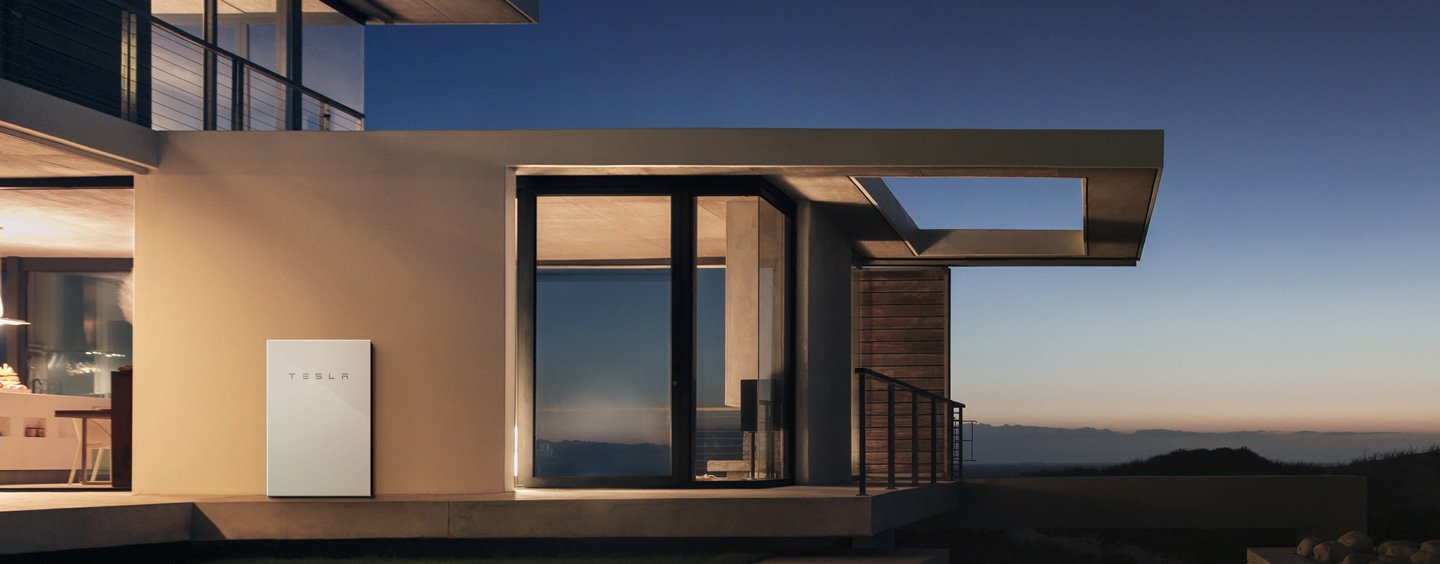There are many reasons to purchase a battery system for the home or business, starting with natural disasters, but a battery system, tied into a solar system, will maximize self-consumption of solar power, reduce grid costs, increase the resiliency of electricity, and take a home or business completely off grid with minimal fossil fuels.

With the power outages during and after hurricane Harvey and Irma, a Powerwall or Powerwall type battery might be a good investment.
In 2015, Tesla unveiled the Powerwall — a rechargeable lithium ion battery weighing roughly 200 pounds that can be mounted on a wall. Panasonic makes the cells for the Powerwall, while Tesla builds the battery module and pack. The Powerwall can store electricity generated by solar panels and draw electricity from the utility grid when rates are low to store for later use. It also provides homeowners with backup power in the event of an outage. The Powerwall is modular, so up to nine batteries can be installed side by side to store more power.
The Powerwall 2 can power lights, sockets, and a refrigerator for a full day. With solar panels, extended electricity can be had during long breaks in utility power.
Tesla is not the only company selling Powerwall type batteries. LG Chem’s RESU battery is probably Tesla’s closest competitor. LG Chem and solar company Sunrun joined to bring its battery to the US.
LG Chem RESU batteries are compact and easy to install. It is designed to allow trouble-free wall-mounted or floor-standing installation for both indoor and outdoor functions. The inverter connections have also been simplified, The new RESU series features industry-leading continuous power (4.2kW for RESU6.5) and DC round-trip efficiency (95%). LG Chem’s lamination and stacking technology provides resilience ensuring 80% of capacity retention after 10 years.
LG Chem places the highest priority on safety and utilizes the same technology for its ESS products that has a proven safety record in its automotive battery. All products are fully certified in pertinent global standards.
Read more: Altenergymag